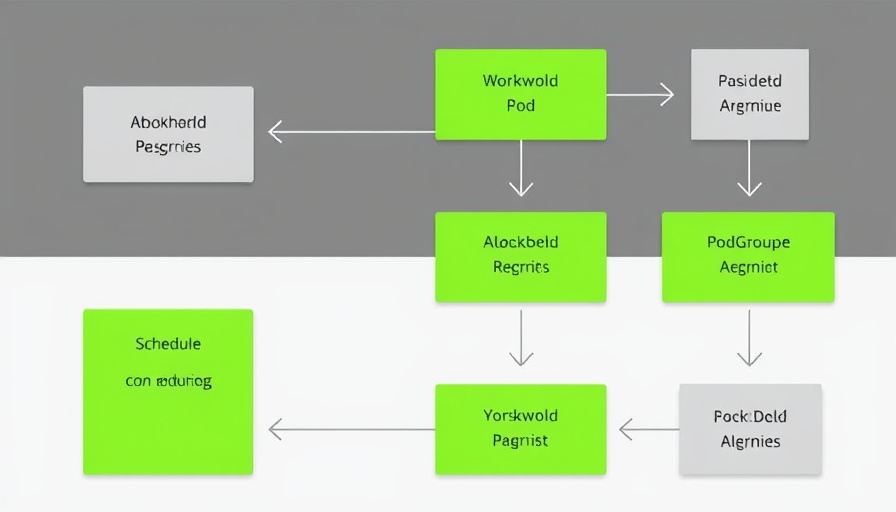
Oracle: A Strong Contender for the $1 Trillion Club
In a landscape dominated by tech giants like Nvidia, Apple, and Amazon, the question on every investor's mind is: who will be the next to join the exclusive $1 trillion club? One promising candidate is Oracle (ORCL), which stands to benefit significantly from the booming demand for artificial intelligence (AI) infrastructure. With its strong data center capabilities and plans for expansion, Oracle could surpass its current valuation of approximately $403 billion in the coming years, potentially reaching that coveted trillion-dollar mark.
The AI Revolution Driving Demand
The rapid proliferation of AI applications has created immense demand for advanced computing power. As companies seek to develop increasingly sophisticated AI models, they require robust data centers capable of handling extensive data processing. Oracle's state-of-the-art data centers, equipped with cutting-edge GPUs from Nvidia and AMD, position it perfectly to meet this need.
A staggering 244% increase in GPU usage for AI training within just one year underscores the surging demand. To capitalize on this, Oracle plans to grow its data center footprint from its current count significantly, aiming for between 1,000 to 2,000 cloud regions in the long term.
Financial Performance and Growth Metrics
Oracle's financial indicators demonstrate its potential for rapid growth. In fiscal 2025, the Oracle Cloud Infrastructure (OCI) segment reported revenue growth of 49%, highlighting its status as the fastest-growing part of the company. Despite a modest overall revenue increase of 6%, the soaring demand for cloud services indicates a promising trajectory for OCI.
The company's remaining performance obligations (RPOs), which signify future revenue, surged by 63% to $130 billion. This skyrocketing RPO reflects Oracle's excellent position to transition this backlog into actual revenue as it expands its cloud capabilities.
Valuation and Market Positioning
Currently, Oracle's price-to-earnings (P/E) ratio is at 33.8, approximately on par with other major AI cloud players. However, consensus estimates suggest that Oracle could reach an EPS of $6.78 by fiscal 2026, resulting in a forward P/E ratio of just 21.1. Such a shift indicates significant room for growth in valuation. If Oracle's EPS grows by about 9.3% annually, it could cross the $1 trillion mark within five years, marking an explosive opportunity for investors.
Impacts of Expansion and Automation
As Oracle scales its operations, automation will play a crucial role in reducing costs and enhancing profit margins. The company's innovative use of proprietary technologies, such as Random Direct Memory Access (RDMA) networking, allows for quicker data movement and could result in significant cost savings for developers.
A strong emphasis on automation will not only reduce operational costs but also significantly improve Oracle's competitive edge in the market, making its services more appealing to clients looking for efficiency and value.
Future Predictions for Oracle
In the fast-paced tech world, Oracle's proactive expansion into the AI data center space presents a clear pathway to potential growth. As AI models become more complex and the demand for high-performing computing infrastructure increases, Oracle stands at the forefront of this revolution. It’s essential for investors to monitor Oracle’s developments, as its strategic moves could translate into lucrative opportunities.
Your Takeaway: Investment Opportunities in AI
As an AI enthusiast, it's vital to consider the implications of Oracle's growth and the importance of data center infrastructure. The AI revolution is only beginning, and companies like Oracle are shaping the future of technology. By staying informed about stocks poised for significant growth, you can better position yourself to capitalize on the next major market shift.
Ready to learn more about investing opportunities in AI and tech? Stay connected and explore the latest insights and trends that could redefine your investment strategy!
 Add Row
Add Row  Add
Add 




 Add Row
Add Row  Add
Add 

Write A Comment